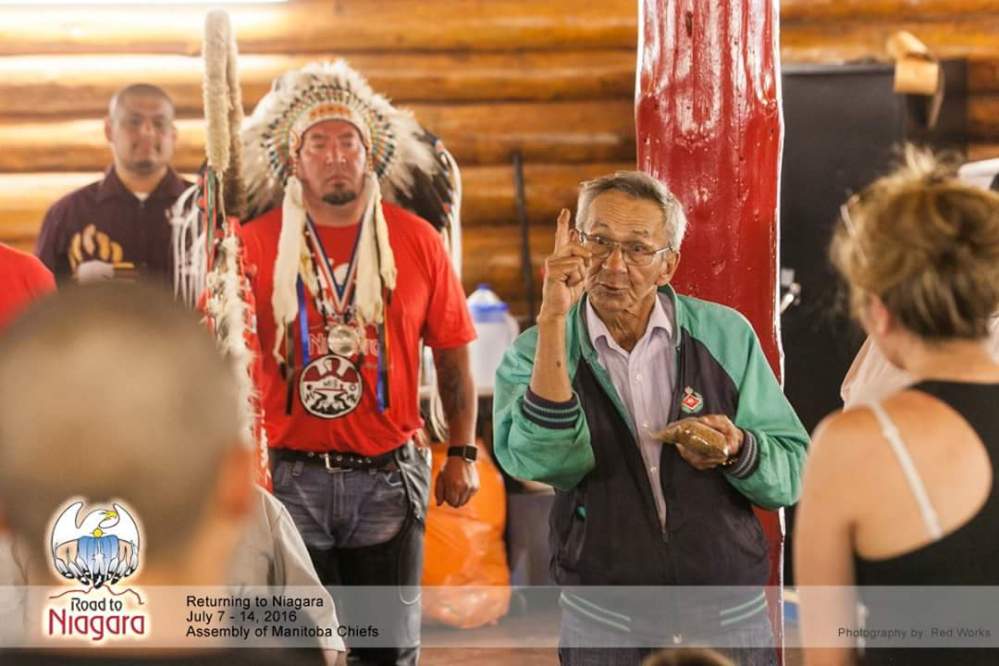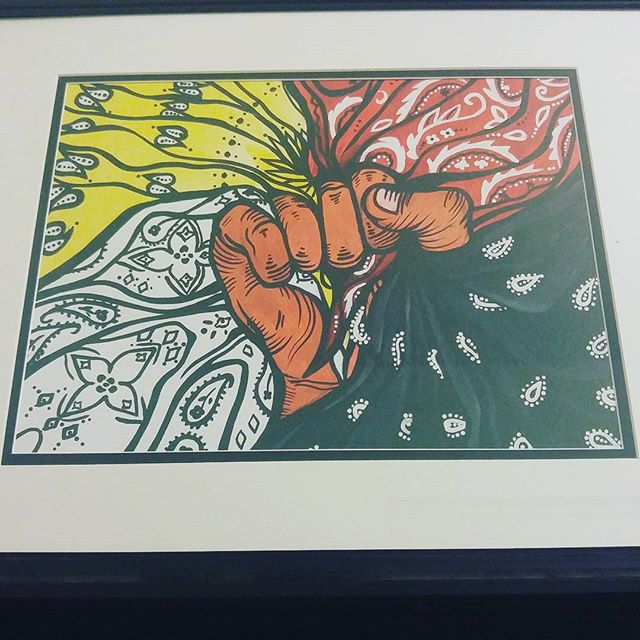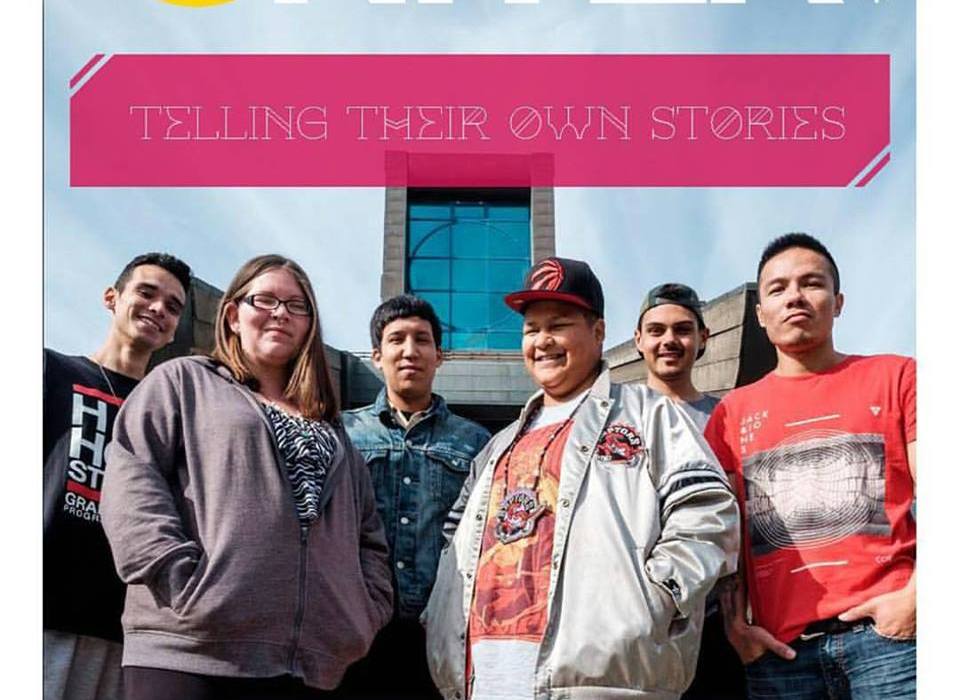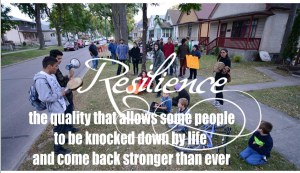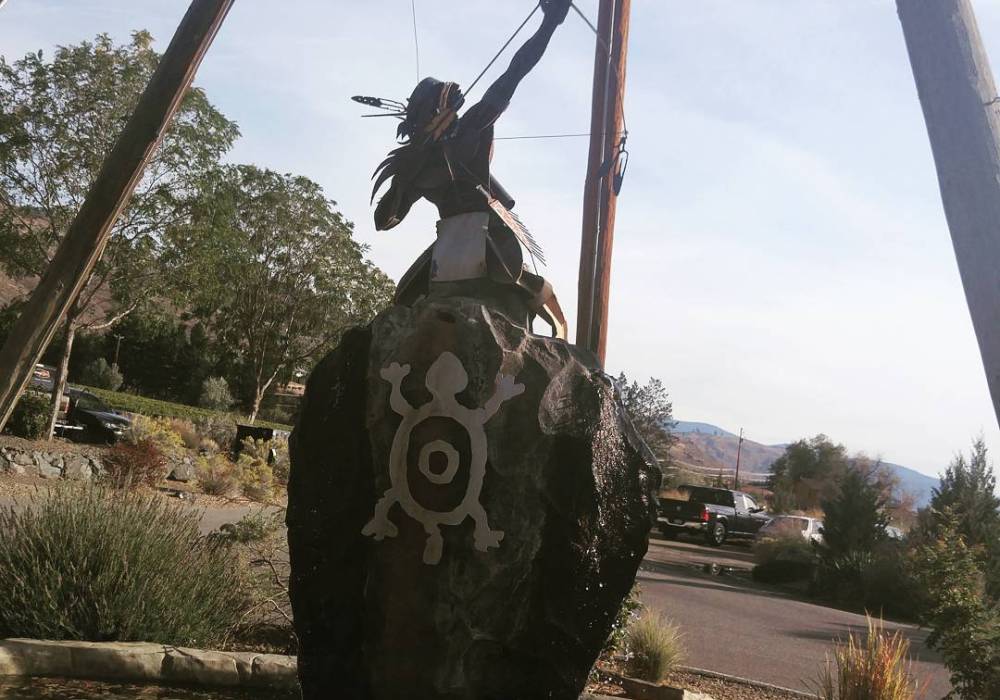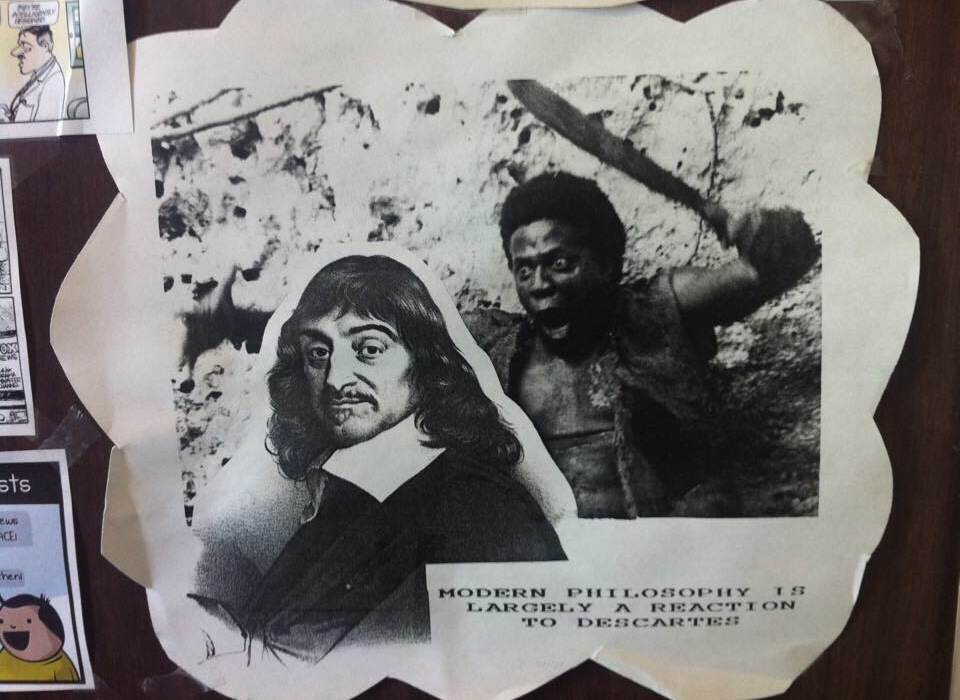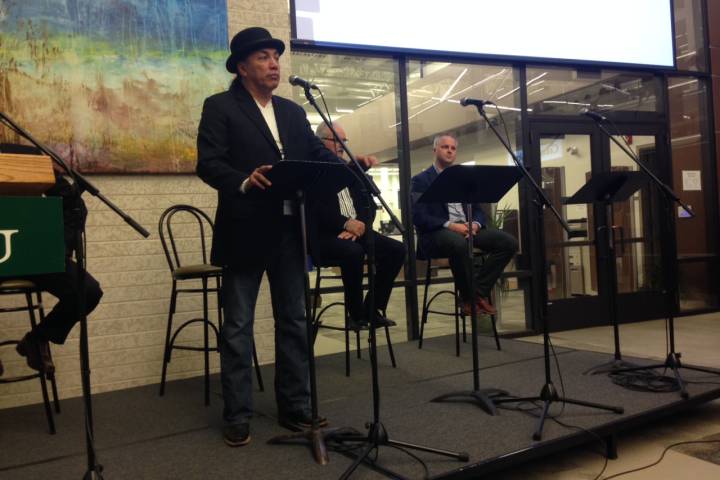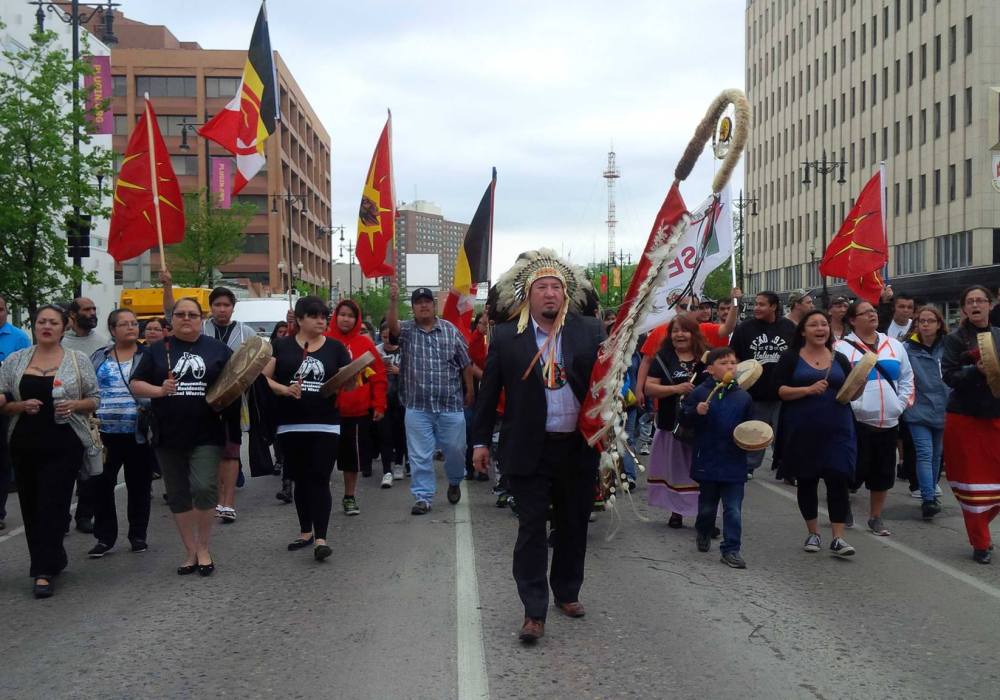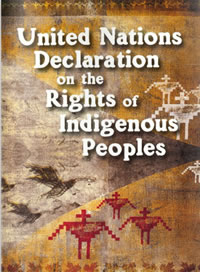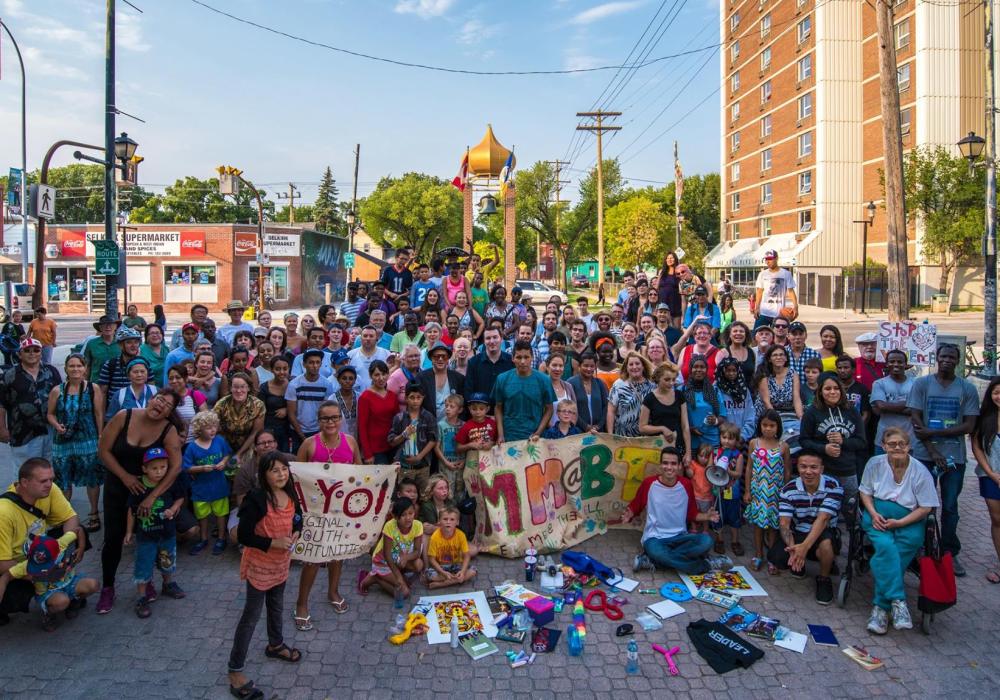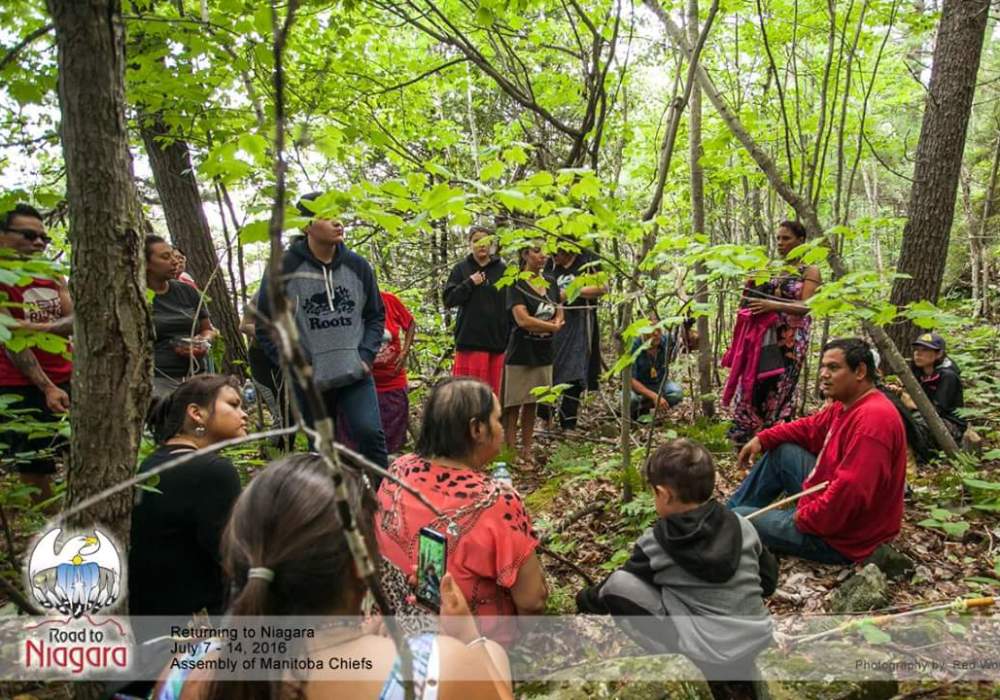
Blood memory: Anishinaabemowin on the Road to Niagara
I couldn’t believe it. I thought to myself: “How the hell did I end up here?” I was sitting in a room with a bunch of people that I looked up to, and we were asked to introduce ourselves before we started sharing some ideas. I chose to introduce myself in Anishinaabemowin, and I messed it up. In front of everyone. It was embarrassing, but not enough to discourage me.
“Bangi Anishinaabemowin” – I know a little bit of Ojibwe.
Prior to that meeting of political minds, we had been to a pipe ceremony earlier in the day on the outskirts of Niagara. The pipe ceremomy started at 7:30 that morning, led by Manitoba elder Harry Bone. Bone described the protocols in Anishinaabemowin and later explained the importance of the pipe ceremony. While he was speaking in the language, I couldn’t help but pray. For the first time in my life, I prayed that I could learn the language. The older that I get, the more that I realize how important language revitalization is to our communities.
The thing that has surprised me over the last week (on the road to Niagara caravan) was how much I can actually remember the language. My favorite part of the whole trip was being able to travel to various Anishinaabek communities to meet the people, and to hear the stories/ceremonies being spoken in the language.
Hearing the language makes me feel like I’m at home.
When I was young, I would travel across the Salter bridge every weekend to visit my grandma. She would pray every night before bed and every morning when she woke up. I remember being around 4 years old and asking her at night, “what are you praying for?” She replied to me that she wasn’t praying for anything in particular, but that she was giving thanks. She didn’t have much, but every single day, she gave thanks for life.
On the weekends, she would pull out her bundle, light the smudge, and smoke her pipe. I would watch. And I would listen to her pray in the language. Its something that I miss as I no longer have that many family members that can speak fluently.
While we were out in Niagara, I had the chance to speak to Carson Robinson from Sagkeeng. He explained to me the proper pronunciation for Ndinawemaganadog (my relations). During that conversation I was telling him that I was going to make a legit attempt to learn the language. Despite knowing a little bit of the languauge, I am encouraged to continue making an attempt to learn as much as possible.
So if you’re out there, and your reading this: I want to be fluent, and I want to be able to read and write Anishinaabemowin. Don’t hesitate to start a conversation with me when you see me.
